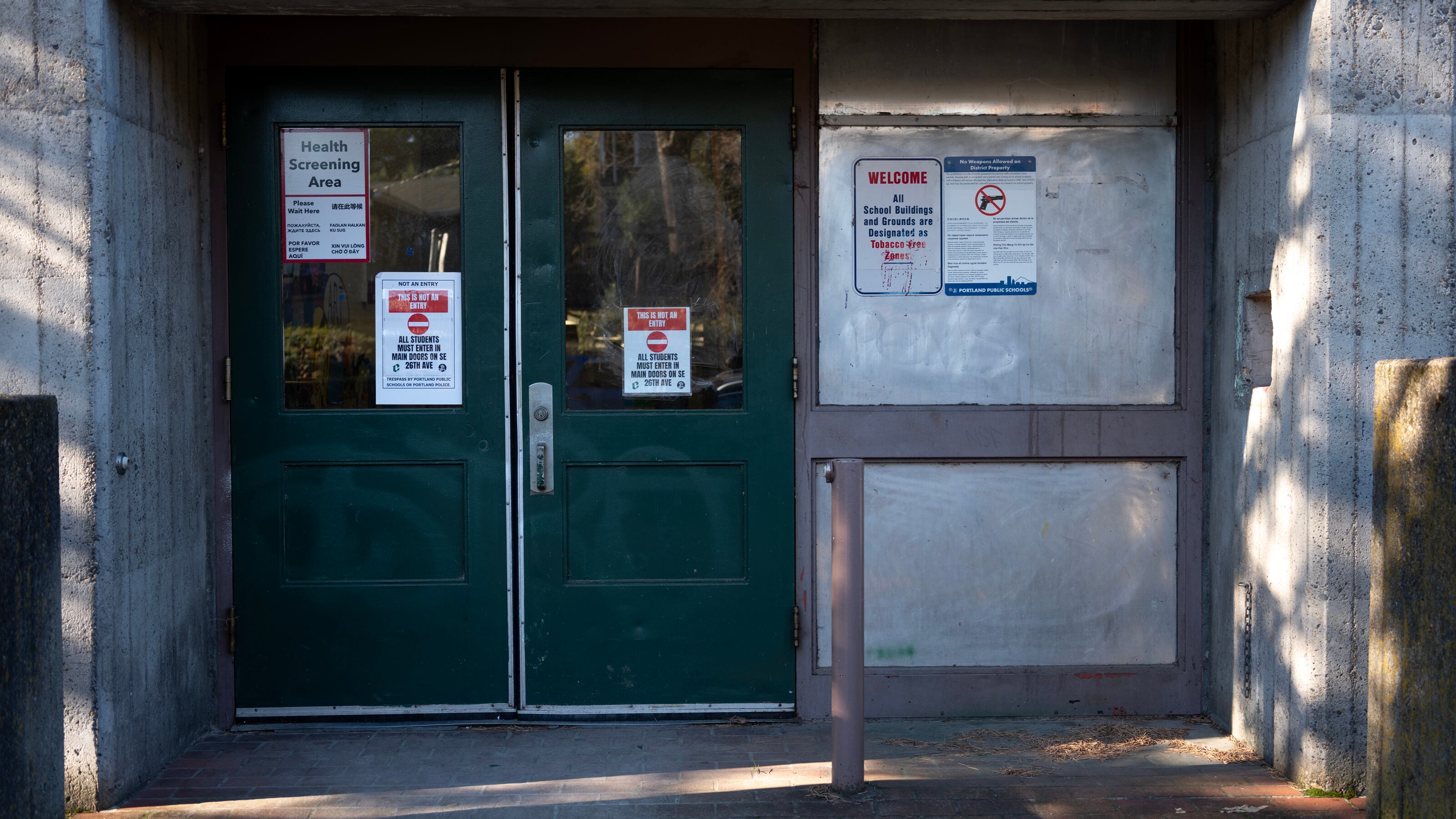Updated national data suggests most school districts in Oregon have increased their teachers since the 2016–17 school year, as staffing has surged while enrollment has declined.
In an interactive database that education news outlet The 74 updated Thursday with 2023–24 data, only six school districts in Oregon saw fewer teachers in 2023–24 than they did in 2016-17. (Oregon has 197 school districts, but the analysis by The 74 screens out very small districts and those without sufficient data.) That puts the state in line with national trends: Only about 25% of districts nationwide had fewer teachers per student last year.
The news comes amid heightened discussions about education spending and accountability in Salem. As WW previously reported, data from the Edunomics Lab at Georgetown University indicates that dramatic increases in school spending had not resulted in better outcomes for student achievement. Student proficiency has dropped by 11.6 percentage points in reading and 9.8 percentage points in math on state standardized testing since 2014.
Many Oregon school districts have seen enrollment declines. As The Oregonian recently reported, the state has lost about 35,000 students since before the pandemic.
The 74’s analysis displays a chart mapping an increase in teachers compared to the 2016–17 school year alongside student enrollment trends, and also highlights student-to-teacher ratios. (Such ratios are typically calculated by dividing the number of students in a district by the number of teachers, and are not a substitute for class-size calculations.)
There were significant teacher increases all over the state. Vernonia School District in Columbia County saw its student enrollment increase by about 5% while its teachers jumped more than 25%. Lake Oswego School District saw teachers climb by about 20% while enrollment flatlined. And Jefferson County School District increased its teachers by about 25% while enrollment decreased about 5%.
In the Portland metro area, teacher gains were more modest. Portland Public Schools saw a boost in teachers during the 2020–21 school year that put the district above its 2016–17 numbers, though teacher staffing and enrollment numbers have both trended down since. The Parkrose and David Douglas school districts both saw teacher increases in the 2021–22 school year, but they have also trended down since.
South Umpqua School District in Douglas County saw one of the most dramatic losses: Its teaching staff decreased by more than 25% between the 2022–23 school year and last year, even as its enrollment held flat.
But overall, Oregon joins a vast majority of states that built up staff during the pandemic. That money came from federal pandemic relief funds like the U.S. Department of Education’s Elementary and Secondary School Emergency Relief Fund, which expired in December. That program was coupled with initiatives like the Student Success Act (a 2019 funding package that increased Oregon’s education spending by taxing corporate activities).
While teacher increases were a national trend, some states went the other way. Florida, Nevada and Alabama all saw the majority of their school districts lose teachers. All three states outperformed Oregon in fourth grade reading on national testing, though Oregon outperformed all three states in eighth grade mathematics. (All four states were behind the national average in mathematics proficiency, and Oregon performed worse in the latter category when the Urban Institute adjusted scores demographically.)
The numbers are the latest indicator that Oregon’s increased education spending is finding its way into classrooms (not being siphoned into teacher pensions or other costs), which makes it more puzzling that Oregon’s outcomes remain poor.
Education experts WW has spoken to widely agree teacher quality and effectiveness are the top factor in ensuring student success.
“In school, a quality teacher is the most important factor,” Dr. Andy Saultz, interim dean of Pacific University’s College of Education, told WW in a recent interview. “What we want to do is invest in quality teachers, make sure we are supporting those folks.”
Economist John Tapogna, a senior policy analyst with ECOnorthwest, told WW increased staffing is a signal that schools are spending more. Tapogna recommended Oregon take a deeper look into how it’s spending the education money it already has.
“We improved fairly significantly over [the past decade] in student-to-staff ratios. Money found its way to the classroom,” Tapogna said. “Why hasn’t a fairly sizable staff expansion that happened during a period of time when the number of students we’re serving declined?…Why hasn’t that translated into better performance?”
Play around with the data interactive from The 74 here.

